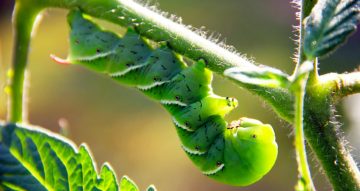 The Hummingbird Moth ~ Mary Ann Mira
The Hummingbird Moth ~ Mary Ann Mira
You might have heard the saying, “If it looks like a duck, walks like a duck, and talks like a duck, it must BE a duck!” Recently, I applied that expression to what I thought was a hummingbird in my backyard. I saw a creature that looked like a hummingbird, moved and behaved like a hummingbird, and sounded like a hummingbird as it flew; but in fact, it was NOT a hummingbird! It was a Hummingbird Moth.
The Hummingbird Moth is not a hummingbird at all. It is a moth. They are sometimes called a Sphinx Moth or a Hawk Moth. The hummingbird moth can sometimes be mistaken for hummingbirds. And those little feathers out of place on the top of its head are not feathers, they are antenna. Another clue is if the creature allows you to get closer to get a second look without giving you an earful and zipping away at the speed of light, it is probably a hummingbird moth.
A hummingbird moth can be considered to be a medium to large moth with a wingspan of five or more inches. They tend to fly strong and fast like a hummingbird with rapid wing beats. The hummingbird moth is usually active at dusk. However, they have been known to be active throughout the day traveling from flower to flower, feeding much like a hummingbird. But instead of a beak and tongue to lap the nectar, they have little straws to sip the nectar from a flower. These little straws are called a proboscis.
Hummingbird moths can be found in a wide variety of habitats, from open meadows or forest edge to the most cultivated of gardens. The adults may start flying in early spring; but you will have a better chance to see them when your honeysuckle or verbenas are blooming.

During tomato season, keep your eyes peeled for large, green tomato or tobacco hornworm caterpillars on the stems of your plants. If you see them munching on your tomato plants, you’ll want to get rid of them as they can demolish all of the leaves. These caterpillars will eventually morph into a Hawk moth or a Sphinx moth, each of which is a type of hummingbird moth.
So, if you think you have a hummingbird visiting your flowers, look carefully and make sure that if it looks, flies, and sounds like a hummingbird, it really is!
